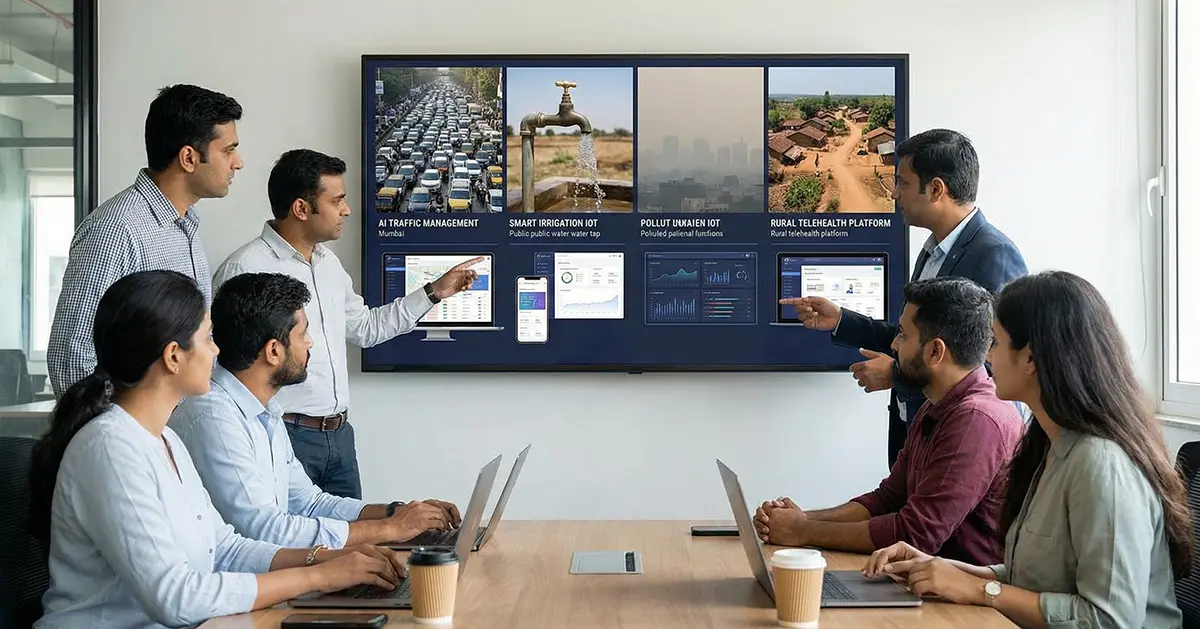
Introduction
India is also critically facing a water crisis. More than 600 million people face shortages. Although groundwater accounts for nearly 40% of the country’s supply, it is being used at a rate that is considered very aggressive, especially for regions that are forced to experience droughts and excess usage. The CGWB, established under the Environment (Protection) Act, 1986, has a system of NOC by way of establishing the NOC system that issues NOCs. Its primary requirements are principally by infrastructure projects and industries which require water supplies while intending to take groundwater. NOC is required to ensure that water in groundwater is primarily used for drinking and domestic purposes with, at the same time, practising water conservation.
Importance of CGWB NOC
The NOC of the CGWB is a pivotal management and conservation move for India’s groundwaters. It is precisely at a time when several places have serious problems with water or worse, become more important in the states of Gujarat, Maharashtra, and Karnataka, when there has to be a take on groundwater seriously. There is primary usage of groundwater upon essential consumption and purposes, like drinking and household use, with limited extraction for causes like industrial and building applications. It also demands environment-friendly practices such as collection of rainwater, recycling of water, and checking the quality of groundwater in order to reduce the pressure on aquifers. In this way, through such control and vigilance in extracting groundwater, CGWB works towards a balance between increasing water demand and conserving resources.
Conditions for Granting the NOC
The rules stipulated by CGWB regarding the issuance of NOC are stringent, particularly in the critical areas with severe depletion of groundwater. NOC is not issued in the critical or over-exploited areas where the ground water level has declined appreciably. In the case of projects located in other areas, the amount of groundwater extracted for non-potable purposes-to include industrial, construction, and recreation-is only up to 25 % of the total extracted. This helps conserve most of the water for drinking needs. Also, developmental projects should install rainwater harvesting structures within 90 days after receiving NOC and this will reduce the need to draw water from the ground. Water newly drawn from the underground should not be used to fill swimming pools and other games, especially in water scarce regions to save this much needed resource.
Another critical requirement for issuing NOC is the condition of notice to CGWB, once a public water supply comes available to the project. Once the project becomes harnessed with the public water system, there shall be an absolute prohibition of drawdown of groundwater, with notice to CGWB and the operation shall not only be carried out during drought periods, but all reasonable efforts to obtain supplies shall be taken from a public water supply.
Documents Required for CGWB NOC
You require the following documents to apply for NOC in India:
- Applicant Information: A few lines disclosing information about the applicant and the project.
- Project Approval Letter: Permission to Set Up or approval from the right state authority.
- Water Requirement Plan: Calculation of requirement based on CPHEEO norms and drafting the plan for recycling/reuse of water.
- Recommendation Letters: From Government groups such as the Ministry of Environment, Forest and Climate Change or even the State Pollution Control Board.
- Availability of Public Water Supply: The local water supply agency has to submit a certificate mentioning the fact that public water supply is not provided within the project area.
- Water-Use Schematic: A flow diagram that indicates sources of water, actual water requirements, and details of recycling/reuse for new developments.
Monitoring and Compliance
Once an NOC is issued, it needs to be judiciously reviewed and adhered to strictly so as to be able to comply with the conditions stipulated. A key requirement shall be the installation of digital water metres that are equipped with a telemetric facility to capture and record the use of groundwater. The monthly readings would also have to be transmitted to CGWB so they can monitor the volumes used to ensure the project is not exceeding its allowed quota. For large projects that remove more than 500 m³ of groundwater per day, piezometers are installed; these are tools that measure groundwater levels. They assist in checking the condition of local aquifers and ensure that groundwater levels are not falling too significantly.
Apart from the amount of water drawn out, the quality of the water produced also needs to be checked. The CGWB expects projects to have analysed the water twice a year: the first time before the start of the monsoons and the second after that. This way, the groundwater would always be safe for drinking and domestic consumption. Extractive requirements of projects need to be submitted annually with the CGWB including data regarding the levels of groundwater in piezometers.
Legal Implications
Legally, the NOC issued by the CGWB is quite crucial. In case the conditions sought to be placed in the NOC are violated, legal action is liable under the Environment Protection Act, 1986. These may include penalties relating to over-extraction of groundwater, failure to implement water-saving measures, and non-compliance with monitoring/reporting requirements. The projects adhere to the standards set by the CGWB so that legal issues and ecological damages are avoided.




